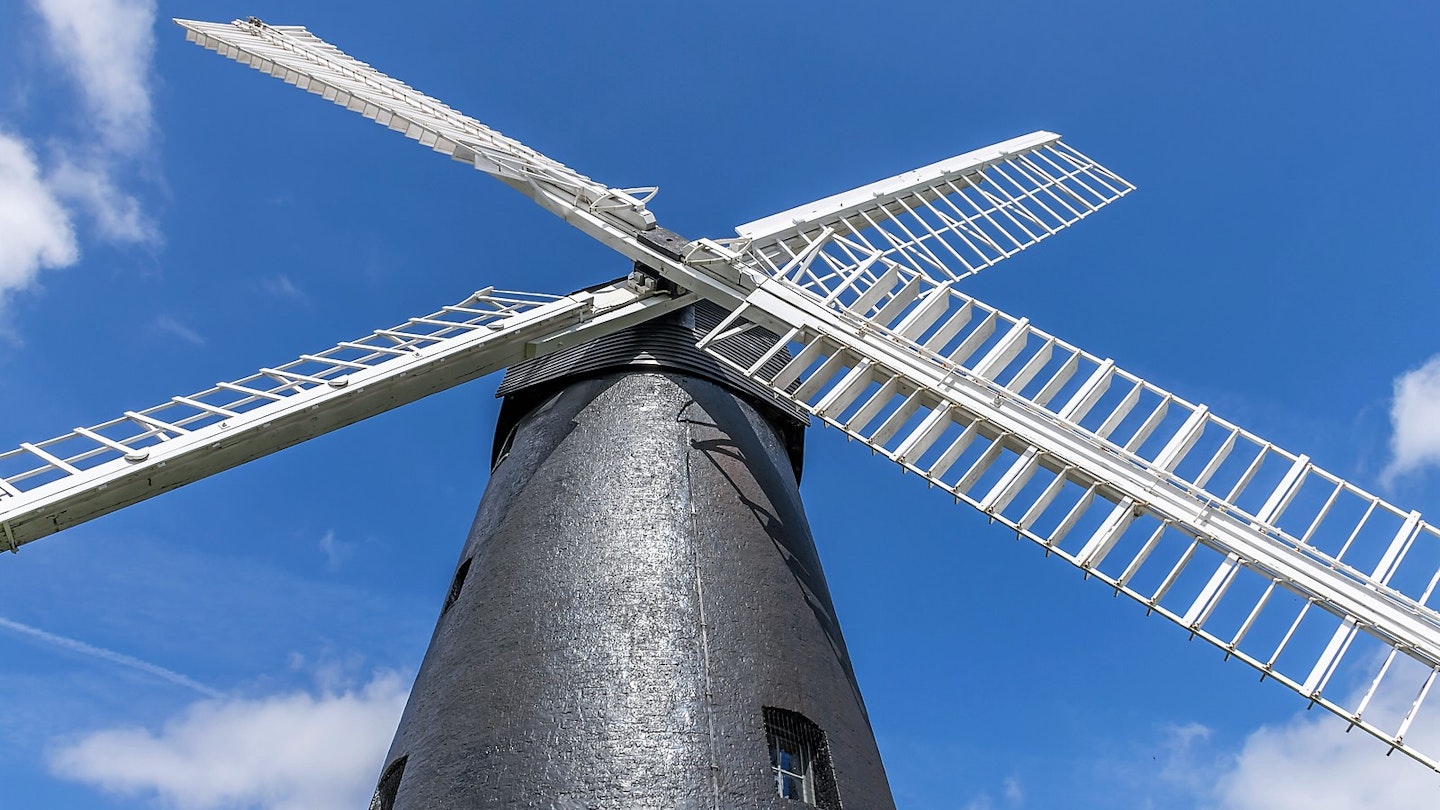Discover London’s Hidden Gems with GoTravelDaily
London has plenty in the way of must-see sights and instantly recognizable landmarks, however, hidden down the side streets and tucked away in urban backwaters is a scattered collection of equally fascinating, lesser-known highlights. Delve beyond the London of the postcards and discover an excitingly unfamiliar side to this great city.
St Etheldreda’s Church

Hidden in plain sight down a gated road of neat terraced houses, St Etheldreda’s Church is as beautiful as it is incongruous. Dating back to the mid-13th Century, it was the seat of the Bishops of Ely for its first 200 years. Nowadays it’s open every day and free to visit, offering tranquillity away from the throngs of tourists. The stained glass east window is sublime.
Ye Olde Mitre
For a post-church pint, seek out Ye Olde Mitre, located just a minute’s walk from St Etheldreda’s. Nestled at the confluence of narrow alleyways, this historic pub dates back to 1546 (though remodeled in the 18th century). Each visit feels like a new discovery, especially during the colder months when its open fire, beamed ceilings, and cozy rooms create a warm atmosphere. It embodies the essence of a classic London pub.
Chelsea Physic Garden

London’s oldest botanical garden (established in 1673) is a hidden delight, enclosed by high brick walls. Formerly known as Apothecaries Garden, the Chelsea Physic Garden captivates visitors with its rare trees and plants that have contributed to contemporary Western medicine.
Barbican Conservatory
While many are familiar with the Barbican Estate, few are aware of its biggest secret: a massive tropical oasis within a stunning conservatory. Home to over 2000 plant species, this environment also houses terrapins, fish, and birds. It’s an extraordinary escape from the bustling city.
18 Stafford Terrace

This unassuming terraced house on a quiet street hides a gem within. Inside 18 Stafford Terrace is a perfectly preserved Victorian family home, complete with Turkish rugs and William Morris wallpaper. This historical treasure was home to illustrator Edward Linley Sambourne and has remained untouched since his death in 1910.
Dennis Severs’ House
Dennis Severs’ House offers a unique blend of museum and theater. The brainchild of American artist Dennis Severs, who lived here from 1979-1999, it captures ‘still-life drama’ across its ten rooms. Each room is crafted to illustrate the life of a family of Huguenot silk weavers, reflecting domestic life in Spitalfields from the early 18th to early 20th century. Candle-lit evening openings create a particularly atmospheric experience.
Phoenix Garden

The Phoenix Garden, located in the heart of London’s vibrant West End, stands as an unexpected haven of tranquility. Its grassy areas, shrubbery, ponds, and benches create a sanctuary for wildlife and city dwellers alike. Look for the frogs—rarely found elsewhere in this bustling part of London.
St Dunstan-in-the-East
Another hidden gem is St Dunstan-in-the-East, where architectural remains blend beautifully with an urban garden. This tranquil green space features the ruins of St Dunstan Church, destroyed first by the Great Fire of 1666 and later during the Blitz, all while being surrounded by the modern architecture of London.
St Bartholomew-the-Great

This architectural marvel, St Bartholomew-the-Great, greets visitors with its rare Tudor gatehouse, a survivor of the Great Fire of 1666. Once inside, you’ll find a breathtaking Norman architectural space that stands as one of the few examples of its kind left in London. Be on the lookout for the tomb—and perhaps the ghost—of the church’s 12th-century founder, Rahere.
Brixton Windmill
Unexpectedly delightful, the stunningly restored Brixton Windmill serves as a remarkable 200-year-old reminder of London’s pastoral past. Visitors can enjoy free tours on select days between April and October, with events such as a beer festival held in May.





